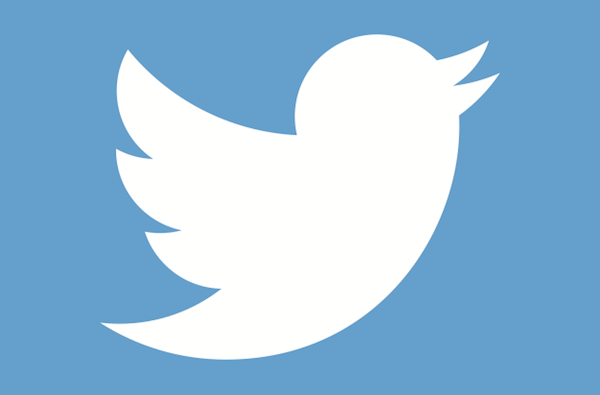Lesser celandine Ficaria verna
Family – Ranunculaceae, Buttercup family
Perennial - up to 20cm tall spread to 50cm+
Flowering – February to May
Soil - Loam, acid to alkaline
Sun - Full sun to partial shade

An early spring flowering plant, lesser celandine can be seen on hedge-banks, in woodland and damp meadows, lawns, besides streams and damp ditches and shady grassland, often the first flower in such areas. Its bright, shiny yellow, star-like flowers amongst rosettes of glossy green leaves, open wide on sunny days, a sure sign that Spring is around the corner. The flowers close up in dull or wet weather.
Lesser celandine was first recorded by William Turner in 15481. , who noted that it is "one of the fyrste herbes that floures in the spring". It was grown in herb gardens and used as a cure for piles. It has small knobbly tubers that resemble haemorrhoids, and one of its early names was fygwort, a former name for piles. It has also been called pilewort and appears in Nicholas Culpeper’s Herbal2. as a remedy for piles or haemorrhoids when made into an ointment or oil. Other local names are more descriptive of the flowers such as golden cup, golden stars, star flower and spring messenger.3.
Celandine was one of William Wordworth's favourite flowers for its evocation of spring. You can read an abridged version of his poem here.
An excellent early plant for any area of the garden including the lawn, that needs cheering-up in late winter. The green buds appear sometimes by the end of December and the flowers follow in February. After flowering the leaves soon die down and disappear leaving space for other plants. It spreads by means of tubers or bulbils and reappears the following spring with increased vigour. It is unkindly seen as a weed by some gardeners.4. Plant from potted plants, or transplants from a friend, to naturalise under trees, along hedge or fence margins or in a window box or other containers.
Lesser celandine provides essential nectar for early flying bees. Both lesser celandine and buttercup provide one of the early larval food plants for the flame brocade moth Trigonophora flammea before the larvae move on to woody species. It is the main food plant of the micromoth Olindia schumacherana5..
References
1. Pearman, D. (2017). The Discovery of the Native Flora of Britain and Ireland, A compilation of the first records for 1670 species and aggregates, covering Great Britain, Ireland, The Channel Isles and the Isle of Man. Botanical Society of Britain & Ireland. p 208.
2. Culpeper’s Complete Herbal & English Physician. Greenwich edition. (2003). London. p 118
3. Vickery, R. 2019. Vickery’s Folk Flora, An A to Z of the Folklore and Uses of British and Irish Plants. Weidenfeld & Nicolson. London.p 128
4. RHS advice on celandine as a weed.
5. See the Biological Record Centre database
Page written by Caroline Ware. Compiled by Steve Head

Lesser celandine Ficaria verna


An early spring flowering plant, lesser celandine can be seen on hedge-banks, in woodland and damp meadows, lawns, besides streams and damp ditches and shady grassland, often the first flower in such areas. Its bright, shiny yellow, star-like flowers amongst rosettes of glossy green leaves, open wide on sunny days, a sure sign that Spring is around the corner. The flowers close up in dull or wet weather.
Lesser celandine was first recorded by William Turner in 15481. , who noted that it is "one of the fyrste herbes that floures in the spring". It was grown in herb gardens and used as a cure for piles. It has small knobbly tubers that resemble haemorrhoids, and one of its early names was fygwort, a former name for piles. It has also been called pilewort and appears in Nicholas Culpeper’s Herbal2. as a remedy for piles or haemorrhoids when made into an ointment or oil. Other local names are more descriptive of the flowers such as golden cup, golden stars, star flower and spring messenger.3.
Celandine was one of William Wordworth's favourite flowers for its evocation of spring. You can read an abridged version of his poem here.
An excellent early plant for any area of the garden including the lawn, that needs cheering-up in late winter. The green buds appear sometimes by the end of December and the flowers follow in February. After flowering the leaves soon die down and disappear leaving space for other plants. It spreads by means of tubers or bulbils and reappears the following spring with increased vigour. It is unkindly seen as a weed by some gardeners.4. Plant from potted plants, or transplants from a friend, to naturalise under trees, along hedge or fence margins or in a window box or other containers.
Lesser celandine provides essential nectar for early flying bees. Both lesser celandine and buttercup provide one of the early larval food plants for the flame brocade moth Trigonophora flammea before the larvae move on to woody species. It is the main food plant of the micromoth Olindia schumacherana5..
References
1. Pearman, D. (2017). The Discovery of the Native Flora of Britain and Ireland, A compilation of the first records for 1670 species and aggregates, covering Great Britain, Ireland, The Channel Isles and the Isle of Man. Botanical Society of Britain & Ireland. p 208.
2. Culpeper’s Complete Herbal & English Physician. Greenwich edition. (2003). London. p 118
3. Vickery, R. 2019. Vickery’s Folk Flora, An A to Z of the Folklore and Uses of British and Irish Plants. Weidenfeld & Nicolson. London.p 128
Page written by Caroline Ware. Compiled by Steve Head
Perennial - up to 20cm tall spread to 50cm+
Flowering – February to May
Soil - Loam, acid to alkaline
Sun - Full sun to partial shade
- Home
- Wild Plants
- Top wildflowers
- Shade plants
- Celandine







